Global Robotics Market Insights 2025-2033| Growth & Opportunity Analysis
The global robotics market is poised for significant growth, with an expected expansion from USD 56.57 billion in 2024 to USD 553.14 billion by 2033, at a robust CAGR of 28.83%.
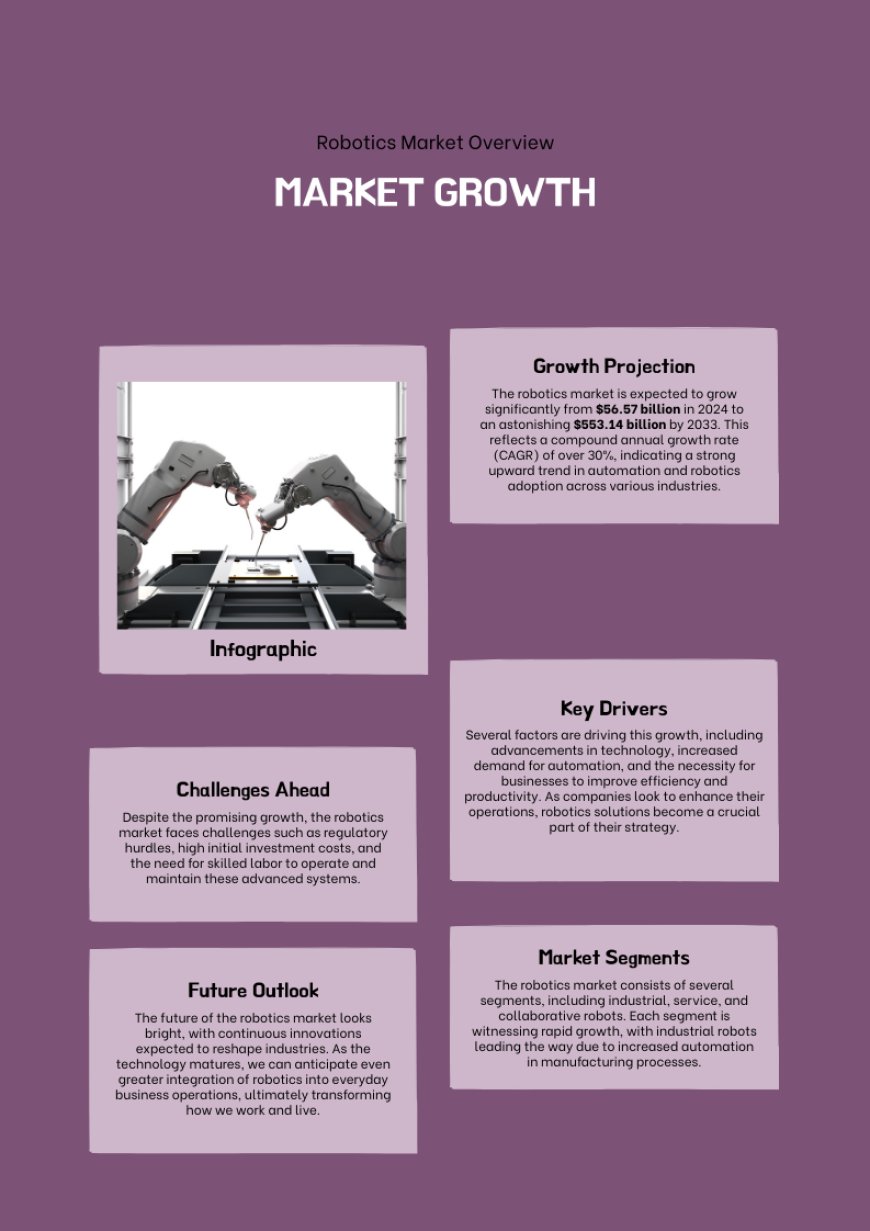
Global Robotics Market: Size, Share, Growth Trends, and Forecast (2025–2033)
Introduction
The global robotics market is poised for significant growth, with an expected expansion from USD 56.57 billion in 2024 to USD 553.14 billion by 2033, at a robust CAGR of 28.83%. This rapid growth can be attributed to advancements in artificial intelligence (AI), machine learning (ML), and robotics automation, which are transforming industries worldwide. Governments' increased focus on industrial automation, rising labor costs, and the growing demand for efficiency in sectors such as manufacturing, healthcare, and logistics are key factors propelling this market.
Robotics Market Overview
The robotics industry has evolved significantly in the last decade, with transformative technologies driving the adoption of robotic systems across various industries. Today, the global robotics sector is one of the most dynamic and innovative markets. Industrial robots are revolutionizing manufacturing, while service robots are enhancing operational efficiency and customer experience across sectors like healthcare, logistics, and retail. Additionally, developments in AI and ML are enabling robots to perform complex tasks and interact with humans in new ways, contributing to market growth.
Growth Drivers for the Robotics Market
1. Rising Demand for Automation
Automation is a key growth driver for the robotics market. Industries such as manufacturing, healthcare, and logistics are increasingly turning to robots to enhance efficiency, reduce human error, and lower operational costs. Robots are particularly crucial in repetitive and hazardous tasks, such as assembly, welding, and material handling in manufacturing, which boosts productivity. In healthcare, robots assist with patient care, diagnostics, and surgeries, offering greater precision and improved outcomes. Similarly, in logistics, robots are improving sorting, packaging, and transportation operations.
2. Technological Advancements
Cutting-edge technologies like AI, ML, and enhanced sensor technologies are shaping the future of robotics. AI-powered robots can learn from their environment, adapt to new tasks, and perform complex operations, making them highly versatile. Furthermore, miniaturization of electronic components is enabling more compact, cost-effective, and powerful robots, widening the scope of robotic applications.
3. Expanding Application Areas
Robotics is no longer confined to traditional industries like automotive and electronics. New applications are rapidly emerging in sectors such as agriculture, healthcare, hospitality, and professional cleaning. In agriculture, robots are used for planting, harvesting, and weeding, reducing labor requirements and improving crop yields. In healthcare, robots assist with patient rehabilitation and surgeries, while in hospitality and retail, robots enhance customer service and operational efficiency.
4. Government Initiatives and Funding
Many governments are incentivizing automation through funding programs and policy support, recognizing the potential of robotics to drive economic growth. For example, China's "Made in China 2025" initiative and the UAE's Strategy for Artificial Intelligence are designed to foster technological innovation, including robotics, by providing funding, tax breaks, and promoting research and development.
Challenges in the Robotics Market
1. High Initial Investment Costs
One of the primary barriers to the adoption of robotics, especially in small and medium-sized enterprises (SMEs), is the high upfront investment required. The cost of purchasing and maintaining robotic systems can be substantial, ranging from several thousand to hundreds of thousands of dollars, depending on the robot's capabilities. This cost is often prohibitive for SMEs, limiting their ability to adopt automation technologies despite the long-term benefits.
2. Human-Robot Interaction Complexity
Creating robots that can safely and effectively interact with humans remains a significant challenge. Robots must be equipped with advanced sensors, AI, and machine learning algorithms to respond to complex, real-world human interactions. Ensuring that robots can work alongside humans without accidents or malfunctions requires continuous innovation in human-robot collaboration (cobots) technology.
3. Skilled Labor Shortage
As robots become more integrated into industries, there is an increasing need for a skilled workforce capable of designing, programming, maintaining, and repairing these systems. The shortage of qualified workers with expertise in robotics and AI is a major challenge to widespread adoption.
Regional Analysis
1. United States Robotics Market
The U.S. robotics market is among the largest in the world, driven by developments in automation and AI. Industries such as automotive, electronics, healthcare, and logistics are the primary adopters of robotic technology. The demand for industrial robots, particularly in the automotive sector, is high, as companies look to reduce labor costs and enhance efficiency. Additionally, the U.S. government has supported robotics through funding initiatives aimed at bolstering innovation in manufacturing and other key sectors.
A prime example of this development is FANUC America's investment in a 650,000-square-foot West Campus in Auburn Hills, Michigan, which represents a strategic effort to promote industrial automation across North America.
2. United Kingdom Robotics Market
The UK is witnessing significant growth in its robotics market, particularly in sectors like automotive, healthcare, logistics, and agriculture. The rise of collaborative robots (cobots) is particularly notable, as they offer flexibility and ease of integration into existing workflows. However, challenges like high initial costs and concerns about workforce displacement remain barriers to widespread adoption.
3. China Robotics Market
China is the world's largest manufacturer and consumer of industrial robots, with the country heavily investing in automation to enhance manufacturing capabilities. The Chinese government’s "Made in China 2025" initiative is driving the adoption of robotics across multiple industries, including electronics, consumer goods, and automobiles. Service robots and cobots are also becoming more prevalent in sectors such as retail and healthcare.
4. United Arab Emirates Robotics Market
The UAE's ambitions to become a global leader in innovation and technology are fueling the growth of its robotics market. Robotics are being deployed in manufacturing, logistics, healthcare, and defense, with the UAE Strategy for Artificial Intelligence providing further incentives for automation. The use of robots in healthcare, particularly for patient care and surgeries, is growing, alongside the use of robots in logistics and service sectors like hospitality.
New Publish Reports:
· GCC Smart TV Market Size and Growth Trends and Forecast Report 2025-2033
· GCC Dark Chocolate Market Share Analysis and Size - Growth Trends and Forecast Report 2025-2033
· GCC Chia Seed Market Size and Share Analysis - Growth Trends and Forecast Report 2025-2033
· GCC Augmented Reality Market Size and Share Analysis - Growth Trends and Forecast Report 2025-2033
Robotics Market Segmentation
The robotics market can be categorized into industrial robots and service robots, each with distinct applications across various industries:
Industrial Robotics
- Automotive Industry
- Electrical and Electronics Industry
- Metal and Machinery Industry
- Plastic and Chemical Products
- Food Industry
Service Robotics
- Transportation & Logistics
- Professional Cleaning
- Medical Robotics
- Hospitality
- Agriculture & Field
Key Market Players
The global robotics market is highly competitive, with key players leading the industry in innovation and market share:
- KUKA
- iRobot Corporation
- Intuitive Surgical, Inc.
- Panasonic Corporation
- Fanuc
- ABB Ltd
- Stryker Corporation
These companies are continuously innovating and expanding their product offerings to cater to the diverse needs of industries adopting robotics.
Conclusion
The global robotics market is on a rapid growth trajectory, driven by technological advancements, increasing demand for automation, and expanding application areas across various sectors. While challenges such as high costs and human-robot interaction complexities remain, the potential for robotics to transform industries and improve operational efficiencies is immense. As automation continues to revolutionize sectors from manufacturing to healthcare.
About the Company:
Renub Research is a Market Research and Consulting Company. We have more than 15 years of experience especially in international Business-to-Business Researches, Surveys and Consulting. We provide a wide range of business research solutions that helps companies in making better business decisions. We partner with clients in all sectors and regions to identify their highest-value opportunities, address their most critical challenges, and transform their businesses. Our wide clientele comprises major players in Healthcare, Travel and Tourism, Food Beverages, Power Energy, Information Technology, Telecom Internet, Chemical, Logistics Automotive, Consumer Goods Retail, Building, and Construction, Agriculture. Our core team is comprised of experienced people holding graduate, postgraduate, and Ph.D. degrees in Finance, Marketing, Human Resource, Bio-Technology, Medicine, Information Technology, Environmental Science, and many more.
Media Contact:
Company Name: Renub Research
Contact Person: Rajat Gupta, Marketing Manager
Phone No: +91-120-421-9822 (IND) | +1-478-202-3244 (USA)
Email: mailto:rajat@renub.com



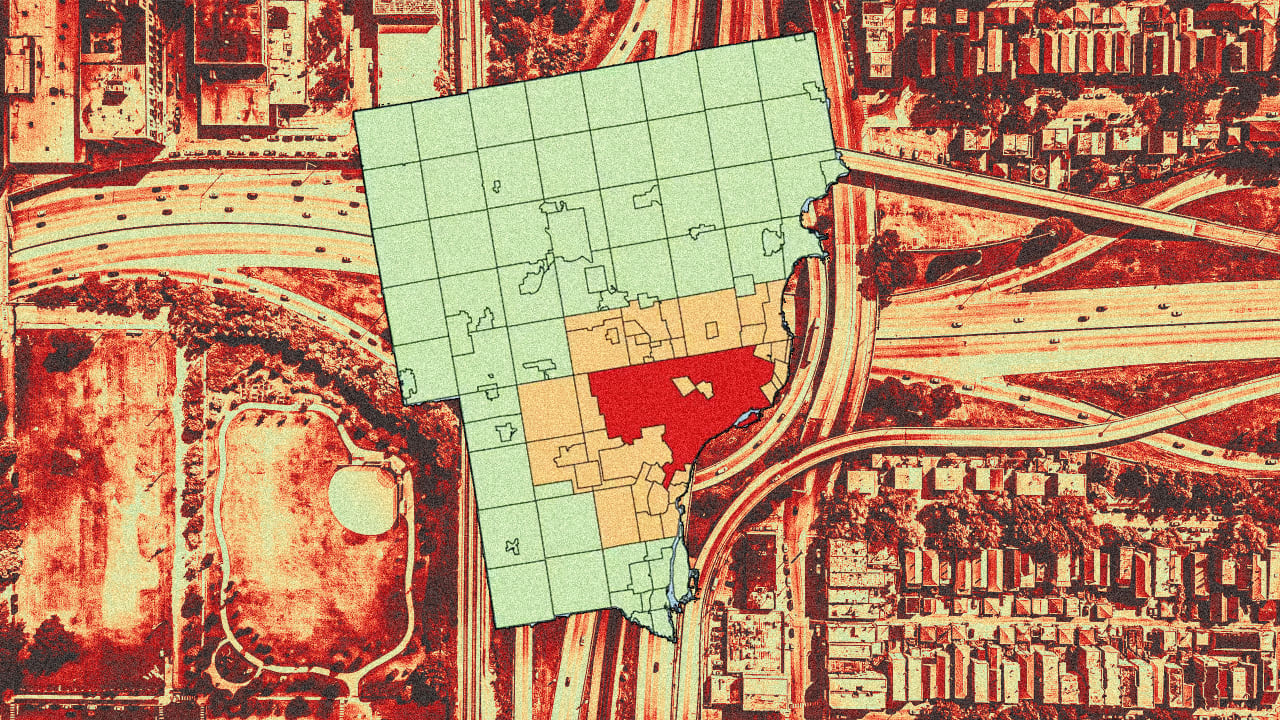































































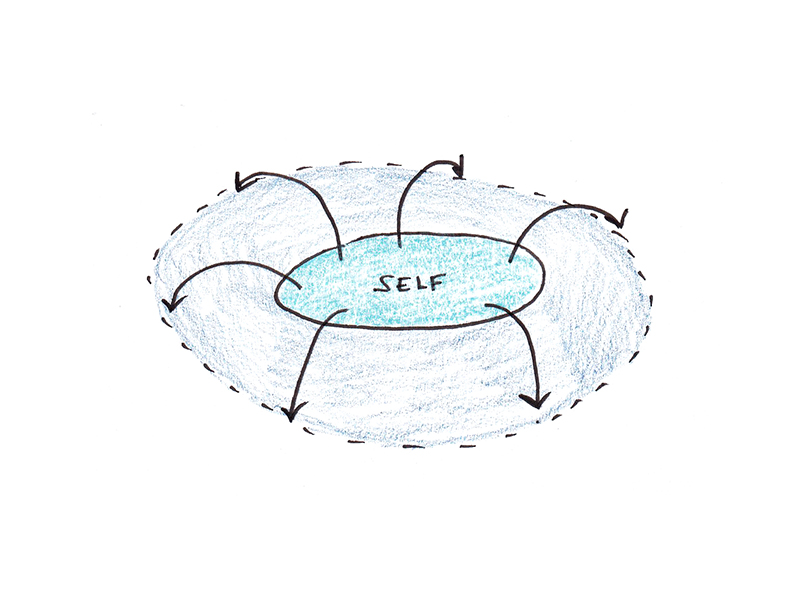





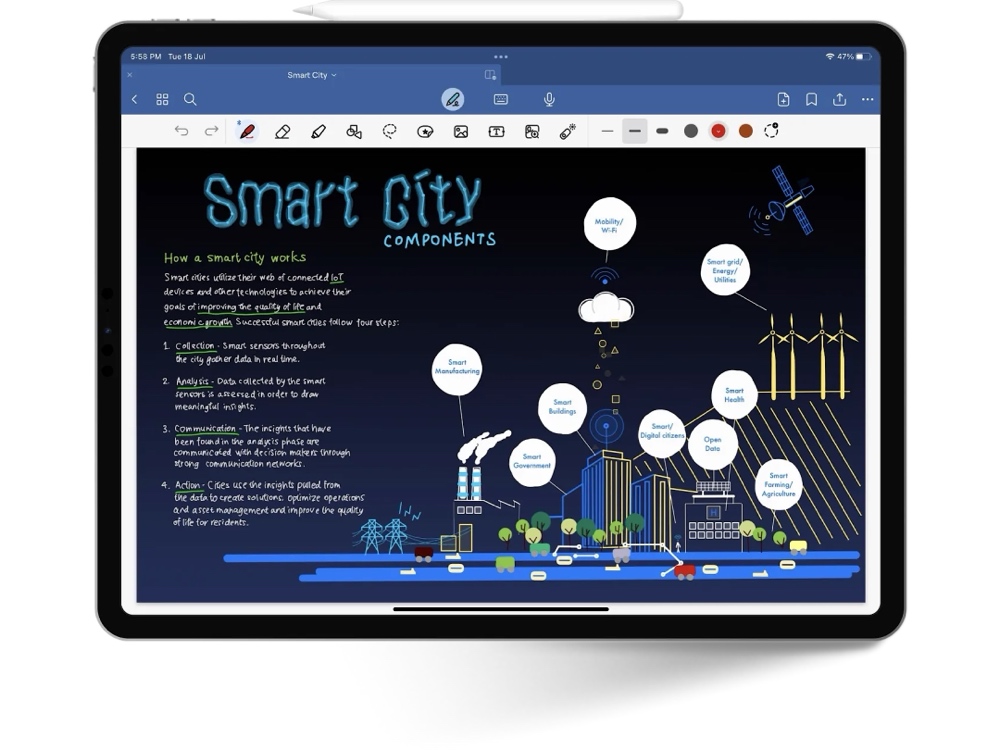


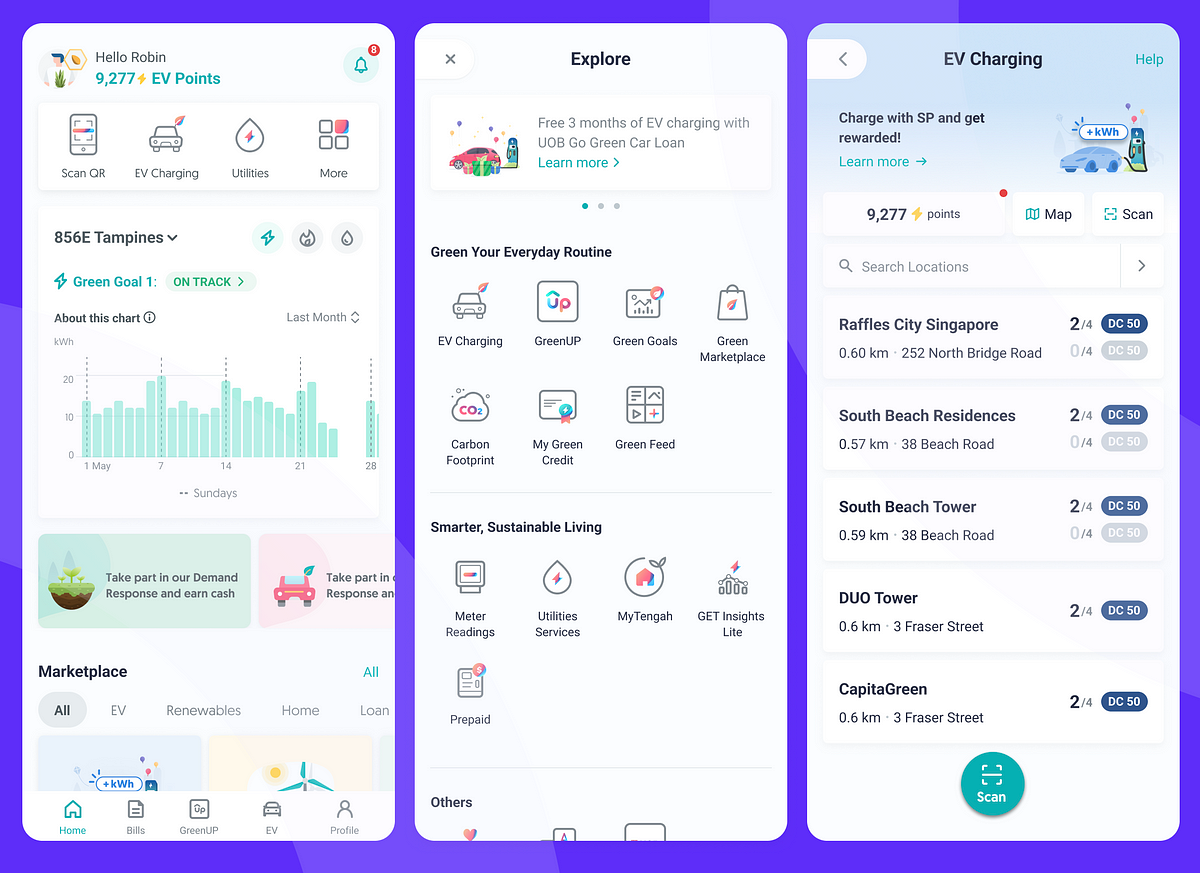



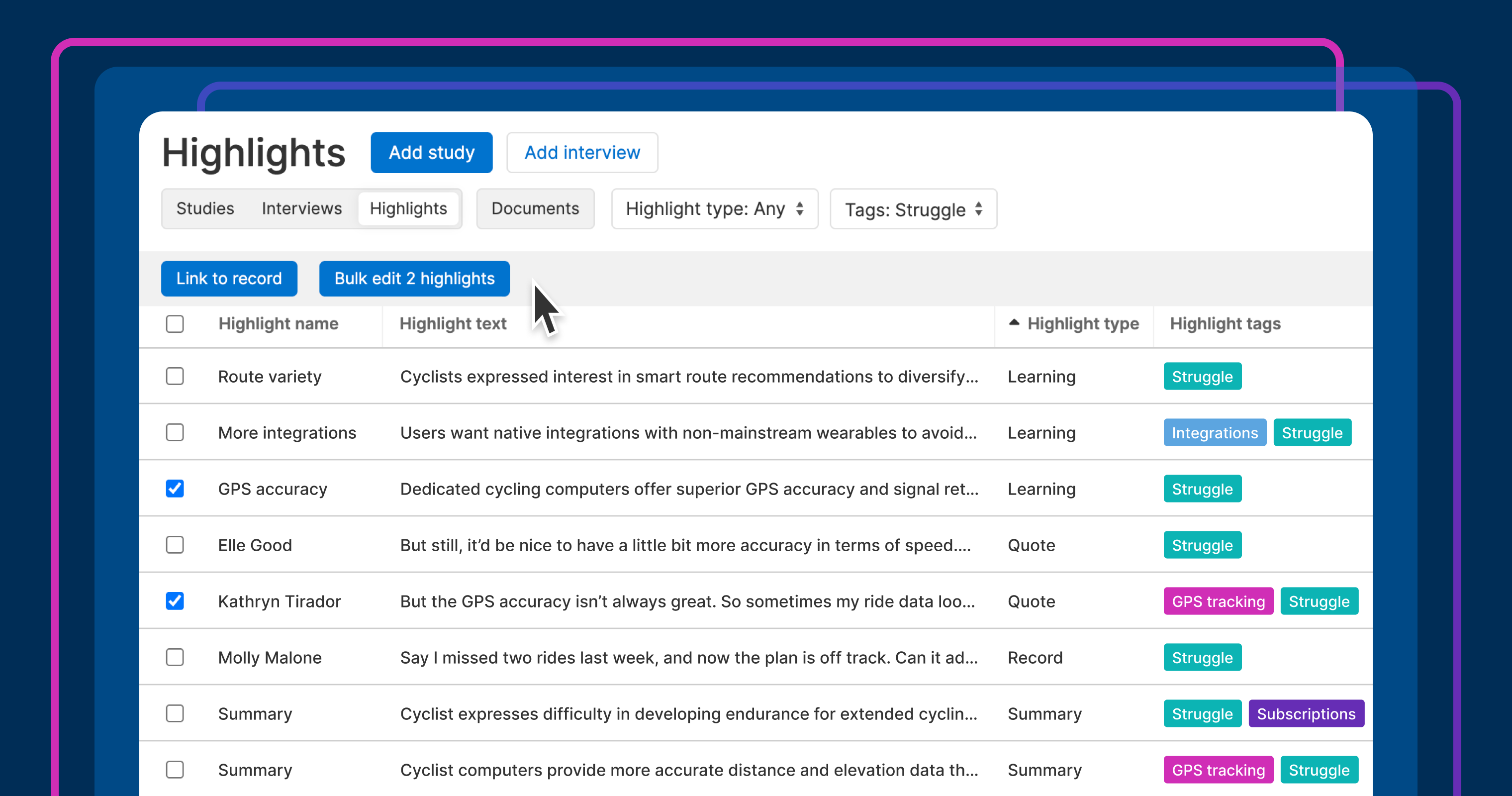






















![Building A Digital PR Strategy: 10 Essential Steps for Beginners [With Examples]](https://buzzsumo.com/wp-content/uploads/2023/09/Building-A-Digital-PR-Strategy-10-Essential-Steps-for-Beginners-With-Examples-bblog-masthead.jpg)

















































